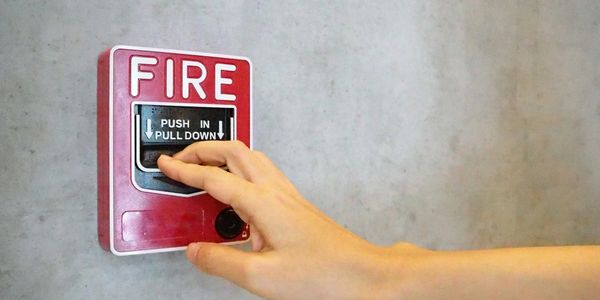Signed in as:
filler@godaddy.com
Signed in as:
filler@godaddy.com


Regular tests and maintenance of a fire system not only makes sure the system and appliances all function properly, but it also greatly encourages the safety and protection of everyone on the premise. In addition, local laws might mandate annual fire-inspections for businesses to operate.

During a test, the system's components are activated to verify that they are working properly. This includes testing:
The system will also be checked to make sure the system can communicate with any monitoring services and that the backup power supplies are adequate.
We love our customers, so feel free to visit during normal business hours.
Open today | 08:00 am – 04:00 pm |